Credit cards can be broadly divided into two types: general spending and specialised spending.

General spending cards — like the Citi PremierMiles Card or DBS Altitude Visa — earn a flat rate of 1.2-1.6 mpd on all transactions, regardless of category.

Specialised spending cards — like the Citi Rewards Card or HSBC Revolution Card — earn up to 4 mpd on certain transactions, but 0.4 mpd on everything else (or beyond the bonus cap, if any).
Given the gulf in earn rates, you’d think that any savvy miles chaser would be using specialised spending cards wherever possible, and avoiding general spending cards like the plague.
Not quite. Even though general spending cards shouldn’t be your first port of call, there are still important roles for them to play.
| 💳 Hybrid Cards? |
|
There are a few hybrid cards that don’t fit neatly into the general/specialised spending dichotomy. For example, the KrisFlyer UOB Credit Card earns 1.2 mpd on general spending, but 3 mpd on SIA, Scoot and Kris+, and 2.4 mpd on dining, shopping, travel and transport. Likewise, the Maybank Horizon Visa Signature earns 1.2 mpd on a wide range of local spending, but 2.8 mpd on overseas spend and air tickets. I tend to view these more as specialised spending cards, however, because I wouldn’t consider using them outside their bonus categories. |
When you shouldn’t use a general spending card
Before we talk about scenarios where general spending cards can be useful, let’s first address one where they aren’t.
If you don’t know the MCC
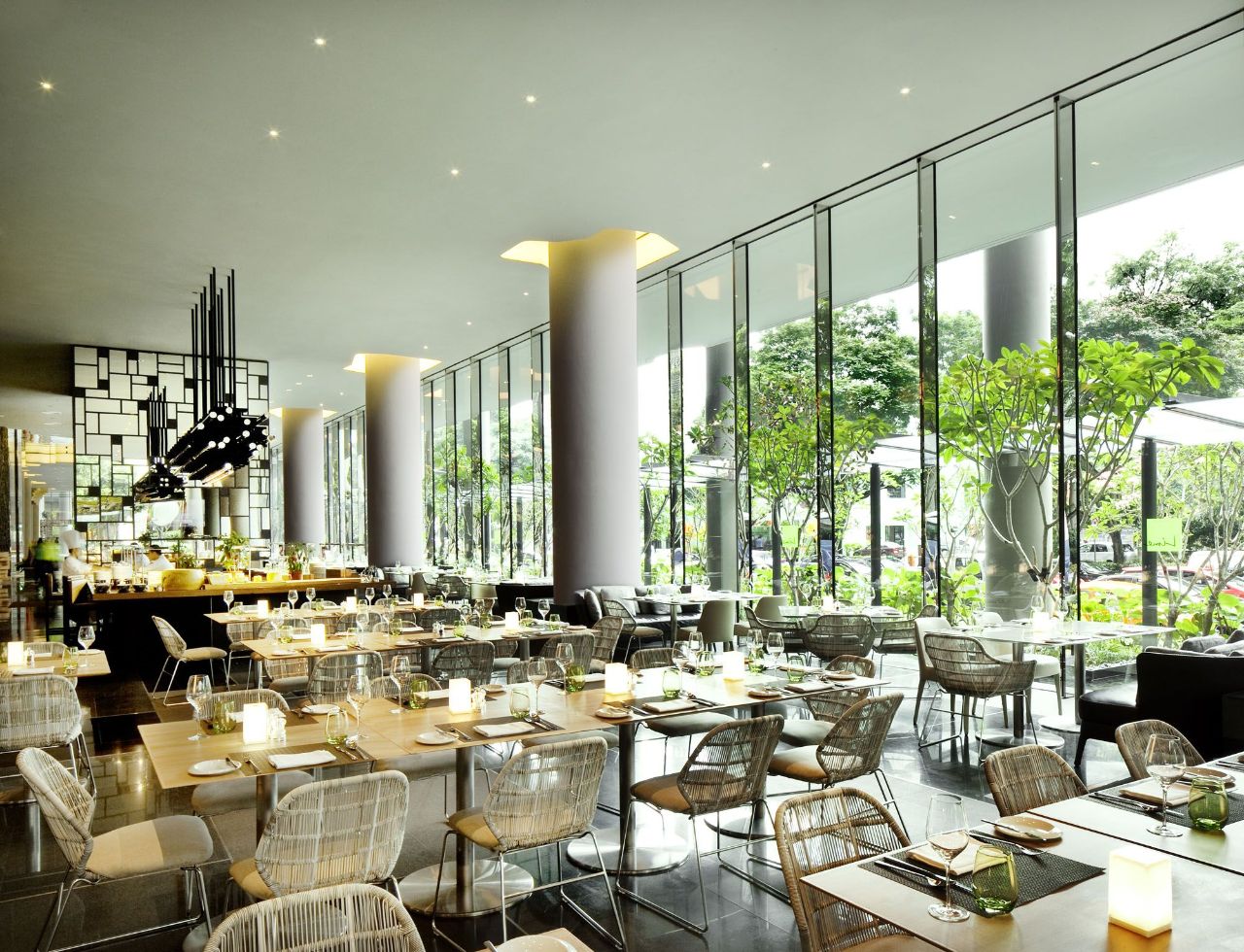
I’ve often heard it said that general spending cards should be fallback options in situations where you don’t know the MCC, and don’t want to take a chance.
After all, specialised spending cards are high risk, high reward. Suppose you’re in a hotel restaurant and don’t know whether it codes as a hotel, or a restaurant. You could pick a specialised spending card and earn 4 mpd if you guess right, but if you guess wrong, you’ll only get 0.4 mpd. Some people would prefer to take the guaranteed 1.2-1.6 mpd offered by a general spending card instead.
But MCC uncertainty has become a thing of the past, thanks to HeyMax, DBS digibot and the Instarem app, all of which allow you to discover the MCC before spending.
| Method | Ease of Use | Reliability |
| ❓HeyMax | ●●● | ● |
| 📱 Instarem app | ●● | ●● |
| 🤖 DBS digibot | ● |
●●● |
| Note: “Ease of use” and “reliability” are all relative. HeyMax already provides a solid baseline for reliability, and the DBS digibot is still simple enough to use, despite requiring more steps than the other two methods. | ||
Therefore, not knowing the MCC should no longer be an excuse to use a general spending card.
When you should use a general spending card
If there’s a welcome bonus
While general spending cards shouldn’t be your first choice for day-to-day spend, they can be lucrative in the initial period after approval, when welcome bonuses are up for grabs.
With the welcome bonus in the picture, general spending cards will easily out-earn their specialised spending counterparts. For example, here are the five cards with the highest payoff ratios (bonus miles divided by minimum spend), as at the time of writing.
| 💳 Credit Card Sign-Up Bonuses (sorted by payoff ratio) |
|||
| Spend (AF) | Miles^ | Payoff | |
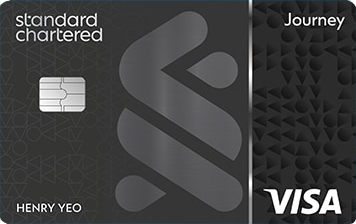 StanChart Journey StanChart JourneyApply Ends 30 Jun 25 |
S$800 (S$196) |
30K + S$180 NTB |
37.5 |
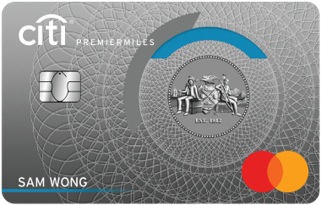 Citi Premier Miles Citi Premier MilesApply Ends 31 Jul 25 |
S$800 (S$196) |
30K NTB |
37.5 |
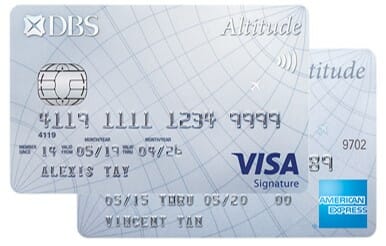 DBS Altitude Card DBS Altitude CardApply Ends 31 Aug 25 |
S$800 (S$196) |
28K NTB |
35 |
Apply Ends 30 Jun 25 |
S$1K (S$196) |
33.6K NTB 21.6K ETB |
33.6 NTB 21.6 ETB |
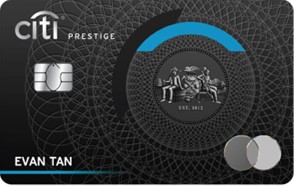 Citi Prestige Citi PrestigeApply Ends 30 Jun 25 |
S$2K (S$545) |
50K NTB ETB |
25 |
Note how the payoff ratios range from 25-37.5 mpd, much higher than the 4 mpd you would earn with a specialised spending card. Of course, once the minimum spend has been met you should switch back to specialised spending cards for better rates.
For a rundown of the latest sign-up bonuses, refer to this page.
If that category isn’t covered by a specialised spending card
If there’s a particular transaction that isn’t covered by a specialised spending card, then of course general spending cards are a better option.
But do such scenarios really exist anymore? If they do, they’re exceedingly rare, because of how many specialised spending cards reward modes of payments (e.g. online, contactless) rather than specific MCCs.
| Card | Earn Rate | Remarks |
 UOB Preferred Platinum Visa UOB Preferred Platinum VisaApply |
4 mpd | Max S$1.1K per c. month, must use mobile payments Review |
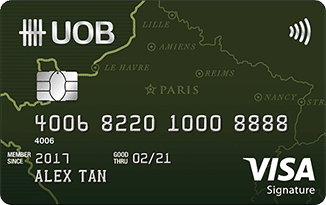 UOB Visa Signature UOB Visa Signature Apply |
4 mpd | Min. S$1K, max S$1.2K per s. month, must use contactless payments Review |
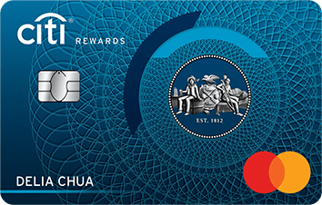 Citi Rewards Card Citi Rewards CardApply |
4 mpd | For all online spend except travel, max S$1K per s. month Review |
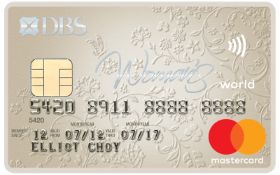 DBS Woman’s World Card DBS Woman’s World CardApply |
4 mpd | On all online spend, max S$1K per c. month Review |
With the cards above, you should be able to earn 4 mpd on up to S$4,300 of spend per month, regardless of what MCC it comes under (common exclusions like education and insurance aside).
If you’ve maxed out the bonuses on specialised spending cards
At the risk of stating the obvious: if you’ve maxed out the bonus caps on your specialised spending cards, then it’s obviously better to switch to a general spending card than to continue spending at the post-bonus rate of 0.4 mpd.
If you’re spending with CardUp

CardUp transactions are not eligible to earn 4 mpd with any specialised spending card, and therefore general spending cards are the better option.
In this case, the way to minimise the cost per mile is by using the highest-earning general spending card you have. To illustrate, here’s how the cost per mile changes based on a 2.25% admin fee, and earn rates from 1-2 mpd.
| Earn Rate | Cost Per Mile |
| 1.0 mpd | 2.20 |
| 1.1 mpd | 2.00 |
| 1.2 mpd | 1.83 |
| 1.3 mpd | 1.69 |
| 1.4 mpd | 1.57 |
| 1.5 mpd | 1.47 |
| 1.6 mpd | 1.38 |
| 2 mpd | 1.10 |
Refer to the post below for more scenarios and cost per mile calculations.
If it’s a big ticket transaction
Suppose you have a big ticket purchase that costs S$10,000, and you cannot split it across multiple cards or via BNPL services.
This amount would exceed the monthly bonus cap on any specialised spending card, and therefore your options are to:
- Use a general spending card and earn 1.2-1.6 mpd on the entire transaction
- Use a specialised spending card and earn 4 mpd on a portion of the transaction, and 0.4 mpd on the remainder
Assuming your general spending option is the UOB PRVI Miles Card, here are some scenarios.
| If you can earn… | On up to…* | Then a 1.4 mpd card becomes superior at… |
| 4 mpd | S$1,000 | S$3,600 |
| 4 mpd | S$1,500 | S$5,400 |
| 4 mpd | S$2,000 | S$7,200 |
| *Subsequently 0.4 mpd |
||
For example, suppose I had an online transaction to make, and could choose between the DBS Woman’s World Card or the UOB PRVI Miles Card.
The DBS Woman’s World Card will earn 4 mpd on the first S$1,500 (S$1,000 from 1 August 2025), and 0.4 mpd subsequently. The UOB PRVI Miles Card will earn 1.4 mpd throughout. The DBS Woman’s World Card is the superior option up to S$5,400, after which the UOB PRVI Miles Card becomes the better option.
In an ideal world, card-splitting would be possible, but if it isn’t then general spending cards become the better option the higher the transaction amount.
If you want airport lounge access

If you’re looking for complimentary lounge access, there’s only one specialised spending card that offers it: the invite-only UOB Lady’s Solitaire Metal Card.
Apart from that, all other lounge memberships are offered by general spending cards only.
Credit Cards with Lounge Access
| Card | Lounge Network | Free Visits (Per Year) |
|
| Principal | Supp. | ||
| Income Requirement S$30K |
|||
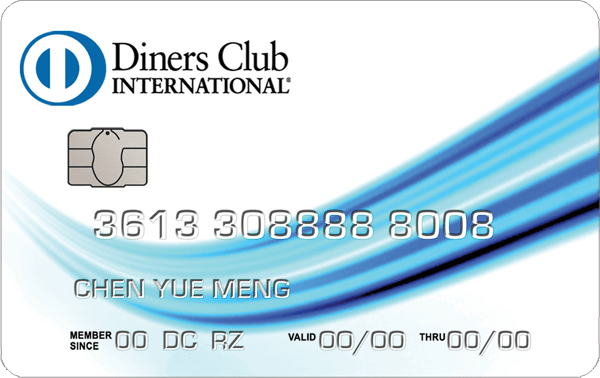 Diners Club Cards Diners Club Cards |
Priority Pass | 1* | N/A |
 Citi PremierMiles Card Citi PremierMiles CardApply |
Priority Pass | 2* Share |
N/A |
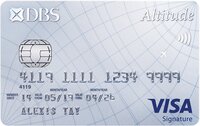 DBS Altitude Visa DBS Altitude VisaApply |
Priority Pass | 2 Share |
N/A |
 StanChart Journey Card StanChart Journey CardApply |
Priority Pass | 2 Share |
N/A |
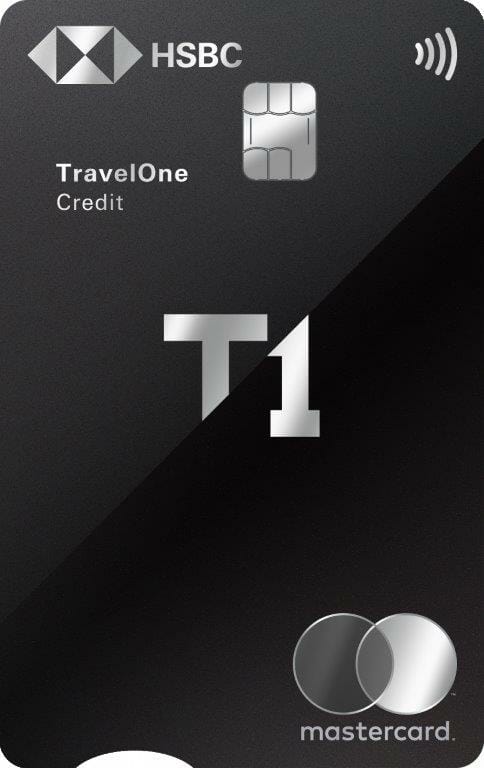 HSBC TravelOne Card HSBC TravelOne CardApply |
DragonPass | 4* Share |
N/A |
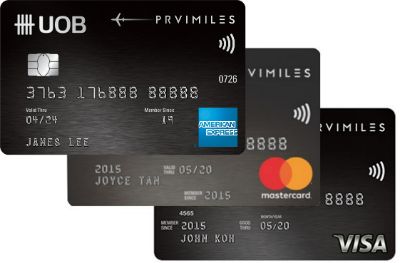 UOB PRVI Miles Card UOB PRVI Miles CardApply |
Priority Pass | 4* | N/A |
| Income Requirement ≥S$120K |
|||
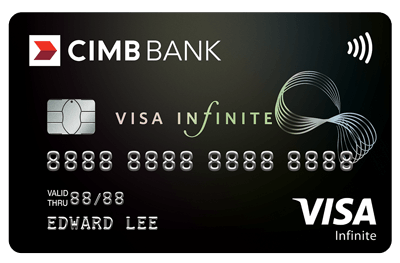 CIMB Visa Infinite CIMB Visa InfiniteApply |
DragonPass | 3 | N/A |
 BOC Visa Infinite BOC Visa InfiniteApply |
Plaza Premium | 4# Share |
N/A |
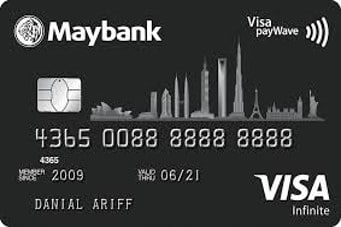 Maybank Visa Infinite Maybank Visa InfiniteApply |
Priority Pass | 4 | N/A |
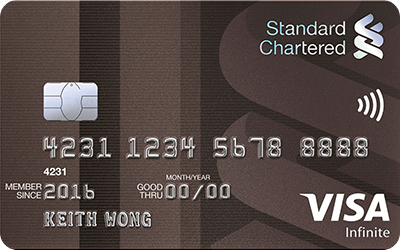 StanChart Visa Infinite StanChart Visa InfiniteApply |
Priority Pass | 6 Share |
N/A |
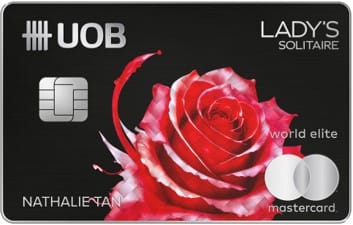 UOB Lady’s Solitaire Metal Card UOB Lady’s Solitaire Metal Card |
DragonPass | 6* | 6* |
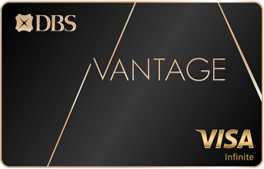 DBS Vantage DBS VantageApply |
Priority Pass | 10 Share |
N/A |
 Citi Prestige Card Citi Prestige CardApply |
Priority Pass | 12 Share |
N/A |
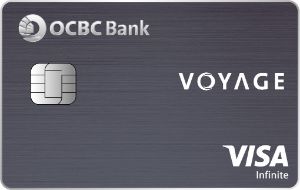 OCBC VOYAGE OCBC VOYAGE(all versions) Apply |
DragonPass | ∞ | 2* |
 HSBC Visa Infinite HSBC Visa InfiniteApply |
LoungeKey | ∞ | ∞ Max 5x supp. cards |
 UOB VI Metal Card UOB VI Metal CardApply |
DragonPass | ∞ + 1 guest | N/A |
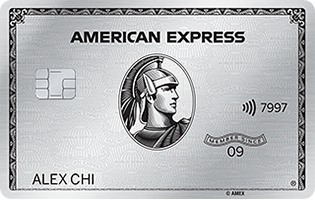 AMEX Platinum Charge AMEX Platinum ChargeApply |
Priority Pass, Plaza Premium, AMEX & Centurion Lounges, and others | ∞ + 1-2 guests Priority Pass visits for supp. card capped at 4x + 1 guest |
|
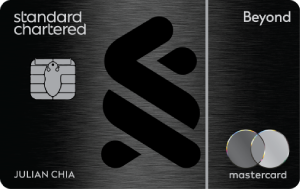 StanChart Beyond Card StanChart Beyond CardApply |
Priority Pass |
∞ | ∞ Max 4x supp. cards |
| 6x guest visits shared bet. principal and supp. cards | |||
| Income Requirement ≥S$500K | |||
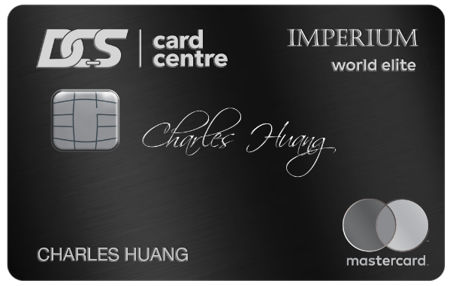 DCS Imperium DCS ImperiumApply |
DragonPass | 6 | N/A |
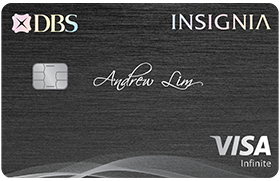 DBS Insignia DBS InsigniaApply |
Priority Pass | ∞ | N/A |
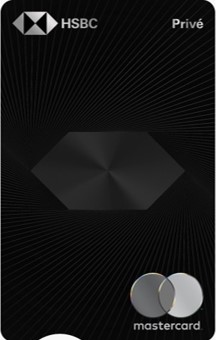 HSBC Prive HSBC PriveApply |
Priority Pass | ∞ | ∞ Max 3x supp. cards |
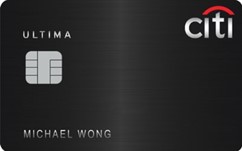 Citi ULTIMA Citi ULTIMAApply |
Priority Pass | ∞ | ∞ Max 2x supp. cards |
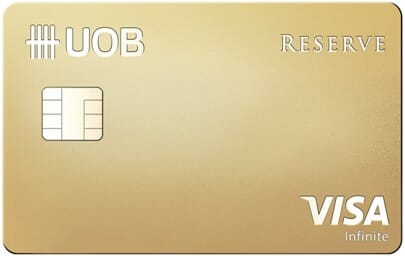 UOB Reserve UOB ReserveApply |
Priority Pass | ∞ + 1 guest | ∞ |
 AMEX Centurion AMEX CenturionApply |
Priority Pass, Plaza Premium, AMEX & Centurion Lounges, and others | ∞ + 1-2 guests | |
| Priority Banking Customers | |||
 Maybank Premier World Mastercard Maybank Premier World MastercardApply |
Plaza Premium |
2* Share |
N/A |
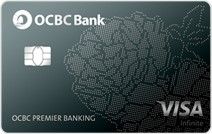 OCBC Premier VI OCBC Premier VIApply |
DragonPass | 2 | N/A |
 HSBC Premier Mastercard HSBC Premier MastercardApply |
Priority Pass | 4 Premier 6 Premier Elite Share |
N/A |
 StanChart Priority Banking VI StanChart Priority Banking VIApply |
Priority Pass | 2 AUM < S$200K 12 AUM ≥ S$200K Share |
N/A |
| *Allowance follows calendar year instead of membership year #BOC Visa Infinite allowance runs from 1 November to 31 October the following year |
|||
If you want airport limo benefits
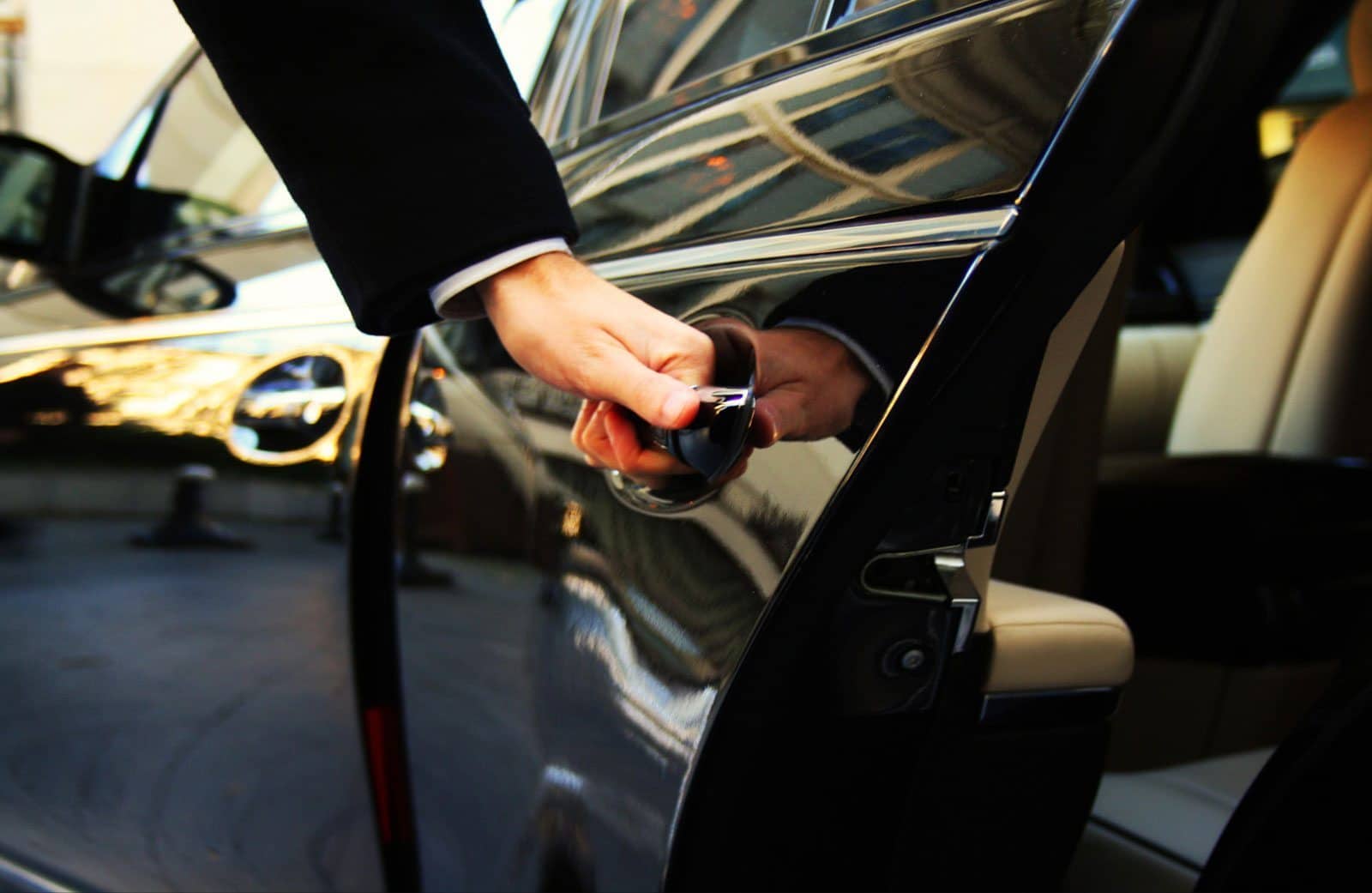
Likewise, if you want to earn complimentary airport limo rides, there’s only one specialised spending card that offers it: the invite-only UOB Lady’s Solitaire Metal Card (and even then, just one ride per year).
All other limo benefits are only available with general spending cards.
Credit Cards with Airport Limo Benefits
| Card | Qualifying Spend |
Cap |
| Income Req. ≥S$30K | ||
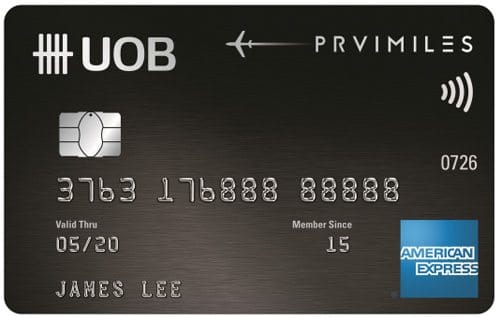 UOB PRVI Miles AMEX UOB PRVI Miles AMEX |
S$1K (FCY) per quarter for 2 rides | 2 per quarter SG |
 HSBC Premier Mastercard HSBC Premier Mastercard |
S$12K per quarter for 1 (Premier) or 2 (Premier Elite) rides | 1 (Premier) or 2 (Premier Elite) per quarter SG |
| Income Req. ≥S$120K | ||
 UOB Lady’s Solitaire Metal Card UOB Lady’s Solitaire Metal Card |
None | 1 per year SG Overseas |
 HSBC Visa Infinite HSBC Visa Infinite |
S$2K per month for 1 ride First 2 [Regular] or 4 [Premier] per year are free |
24 per year Includes free rides SG |
 Maybank Visa Infinite Maybank Visa Infinite |
S$3K per month for 1 ride | 8 per year SG |
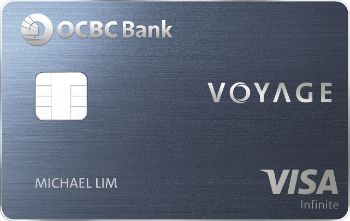 OCBC VOYAGE Card OCBC VOYAGE Card |
S$12K per quarter for 2 rides |
2 per quarter SG |
 Citi Prestige Card Citi Prestige Card |
S$12K per quarter for 2 rides | 2 per quarter SG |
 DCS Imperium Card DCS Imperium Card |
None | 4 per year SG 1 per year Overseas |
 StanChart Beyond Card StanChart Beyond Card |
None | 2 per year* Priority Banking & Priority Private only SG Overseas |
| *StanChart advertises 10 rides per year for Priority Private Beyond Cardholders. However, this figure already includes the 8 rides that Priority Private customers normally enjoy, without having to hold the Beyond Card. | ||
Conclusion
While general spending cards can’t hope to match the earn rates of their specialised spending counterparts, there’s still plenty of reasons why you might want to get one still.
The key here is not using one group to the exclusion of the other, but about getting the right mix between the two: general spending cards for their sign-up bonuses, complimentary travel insurance, or credit card and airport limo benefits, and specialised spending cards for their sheer miles-earning power.
Are there any other cases where a general spending card comes in useful?







you missed out the citi prestige for general spend sign up offer of 71k miles 2k spend + ability to pair with amaze
i’m only listing sign-up offers that don’t require the payment of annual fees.
ah ok … general spending card is definately required/needed when you max out on your bonus spending card… and ideally able to pair it with amaze for overseas spend for flexibility as well.
Pardon me asking John – when you spend on citi prestige paired w/ amaze, do you benefit from FX and earn 2mpd on foreign currency transactions?
Also when your bills are upwards of 6 digits, then the incentive to track the 1k-3k limits on specialized cards becomes far less.
What your article fails to address is the relative difference in value between miles of different programs. The Citi Premier miles might only earn a lowly 1.2mpd but being able to convert those miles into a one way J award to Europe on TK for 45k instead of 103.5k on SQ suddenly makes those miles 2.3 X more valuable… And avoids the risk of multiple orphan miles stashed across various cards and the need to actively track spending limits and merchant codes… Though admittedly it comes with higher YQ costs too..
Sorry, total noob here trying to get into the miles game… but what airlines is this J award thing on? Haha 45k instead of 103.5k for a one way to Europe is very enticing
Alcohol at Changi Airport DFS and hospital bills are not covered by any specialised card. And also if the purchase is not frequent so not worth spreading too thin and end up not being able to redeem anything.
changi airport DFS doesn’t code as duty free? didn’t know that.